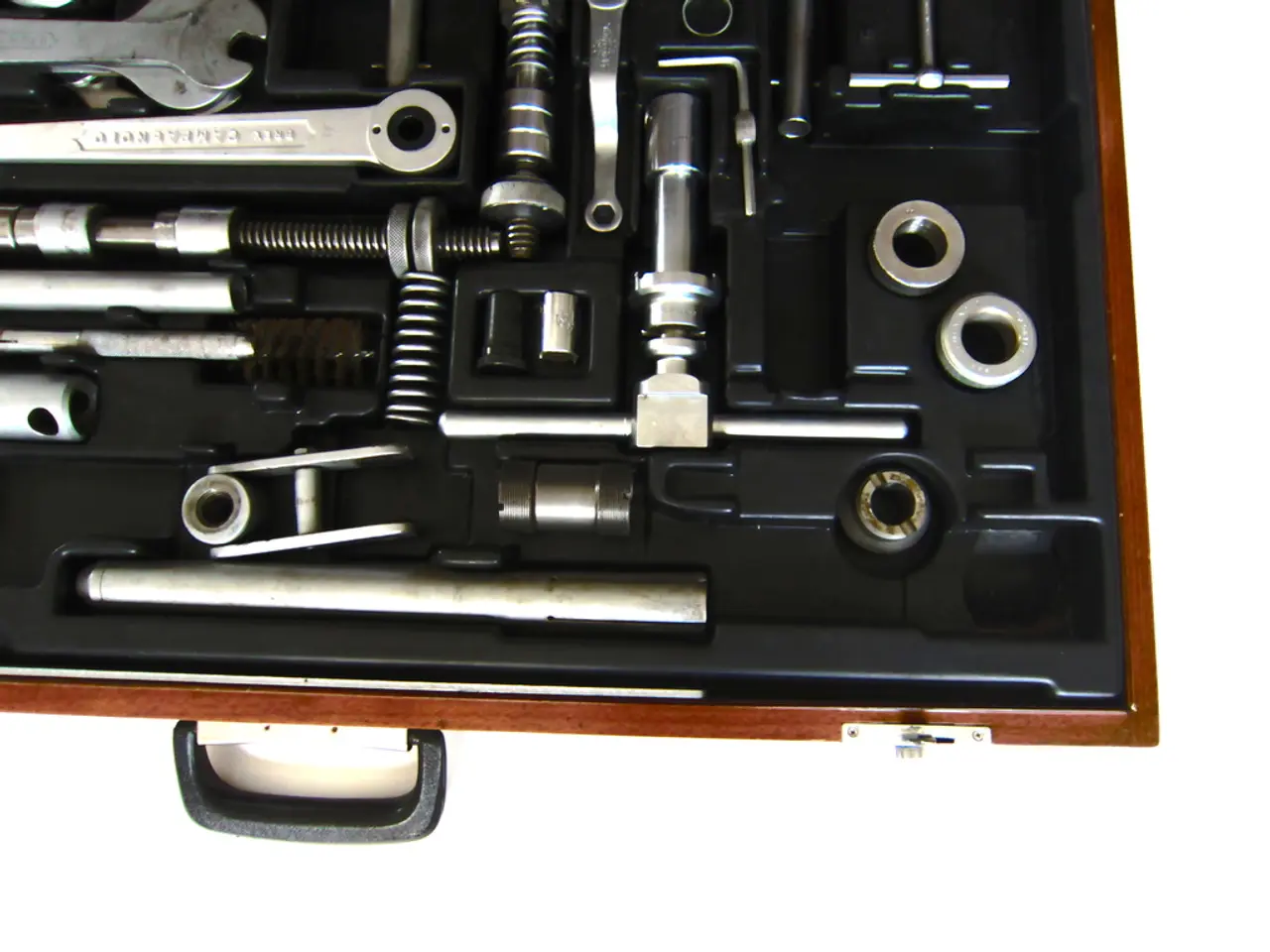Essential Role of Premium Quality PCB Libraries
In the world of electronics design, the importance of well-maintained PCB libraries cannot be overstated. Whether sourced from a website or created in-house, verifying these libraries before a design goes to manufacturing is essential.
Natasha Baker, the Founder and CEO of SnapEDA, a popular search engine for PCB libraries and other models, underscores this point. Her platform, used by over a million electronics designers worldwide, provides free symbols, footprints, and 3D models for millions of electronic components. This allows engineers to focus on design and innovation, rather than spending time on library creation.
However, creating and maintaining high-quality PCB libraries is a detail-oriented process with challenges such as inconsistencies in datasheets, lack of standards and industry alignment, and specific user or company preferences. Common errors engineers make include pin mapping issues, pad dimension errors, silkscreen overlapping exposed copper, and wrong outline dimensions or misinterpretations of the component dimensions.
To avoid these errors, a rigorous verification process is crucial. This involves verifying the library against datasheets and reference designs, using standardized naming conventions, and incorporating 3D models early for mechanical integration. Automating library updates and validations where possible can also help streamline the process.
Managing consistent footprint dimensions across multiple manufacturers, keeping component libraries up to date with the latest revisions, and handling variations in pin configurations and symbol representations are other common challenges. Facilitating centralized library management platforms for team collaboration can help address these issues.
SnapEDA addresses these challenges with features such as InstaBuild and InstaPart, designed to save engineers time and improve their workflow. The platform also supports a wide array of design formats, offers the ability to automatically build parts using computer vision and optical character recognition, and provides the possibility to request footprints & symbols of specific components instantly.
It's important to stay updated with the latest industry standards, as they can affect aspects like copper lands and footprint orientations. For instance, the IPC, a popular standardization body for PCB footprints, has the latest standard for surface mount components being IPC-7351B. An updated version is imminent. IEEE covers symbol standards for common discrete components.
In the past, large corporations had dedicated librarians to support engineers, but due to changing times, many design teams have become smaller and are seeking ready-to-use libraries. Misinterpreting a component's bottom view as its top view can result in the component being "mirrored," which can be unpleasant to fix.
In conclusion, implementing a strong verification process is essential for good PCB design. SnapEDA's offerings, such as free symbols, footprints, and 3D models, aim to simplify component data access and improve engineering efficiency. For direct insights from Natasha Baker on PCB library quality and maintenance, one might look for interviews, talks, or articles where she addresses these topics comprehensively.
Technology plays a crucial role in streamlining the process of PCB library creation and verification, as evidenced by platforms like SnapEDA that automate library updates and validations, build parts using computer vision and optical character recognition, and provide the possibility to request footprints & symbols of specific components instantly.
To address common challenges in PCB library management, such as managing consistent footprint dimensions, keeping libraries up-to-date, and handling variations in pin configurations, centralized library management platforms can be beneficial for team collaboration.




